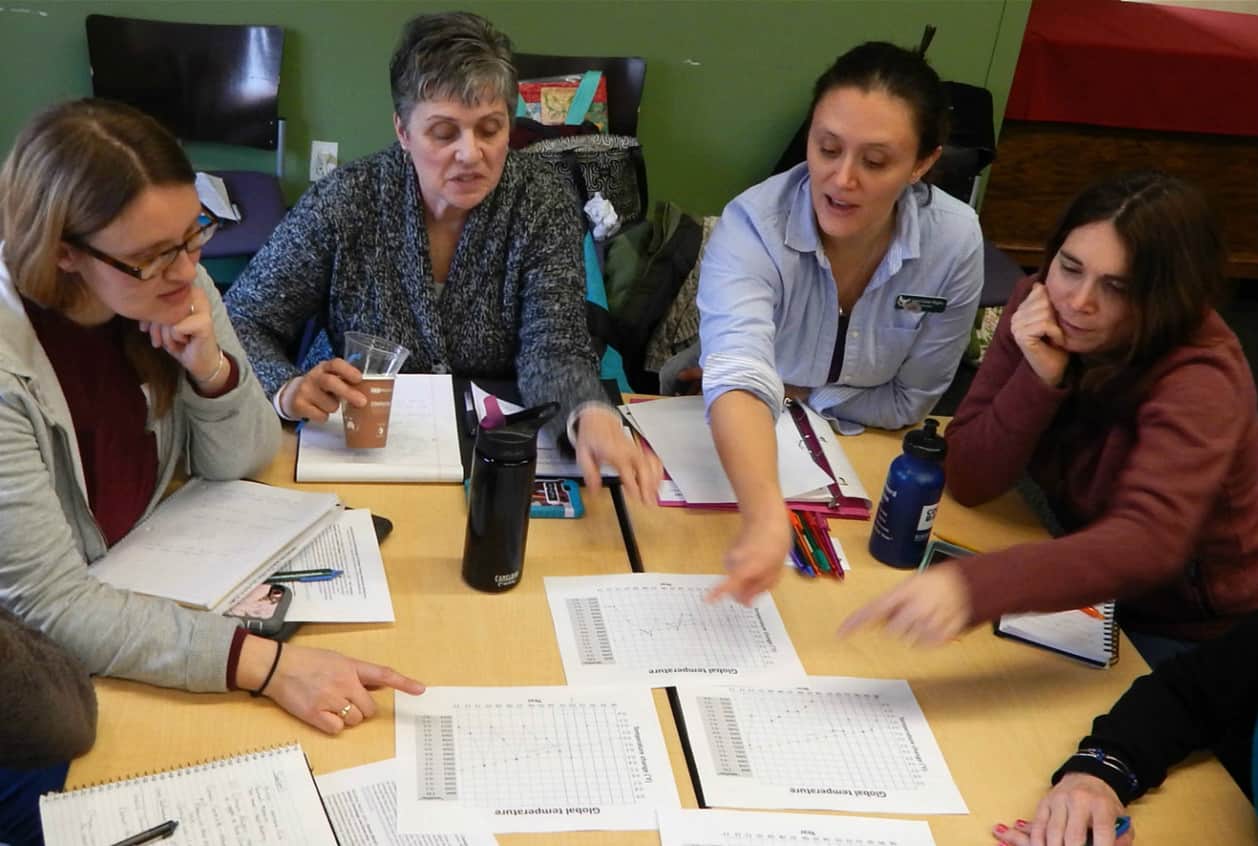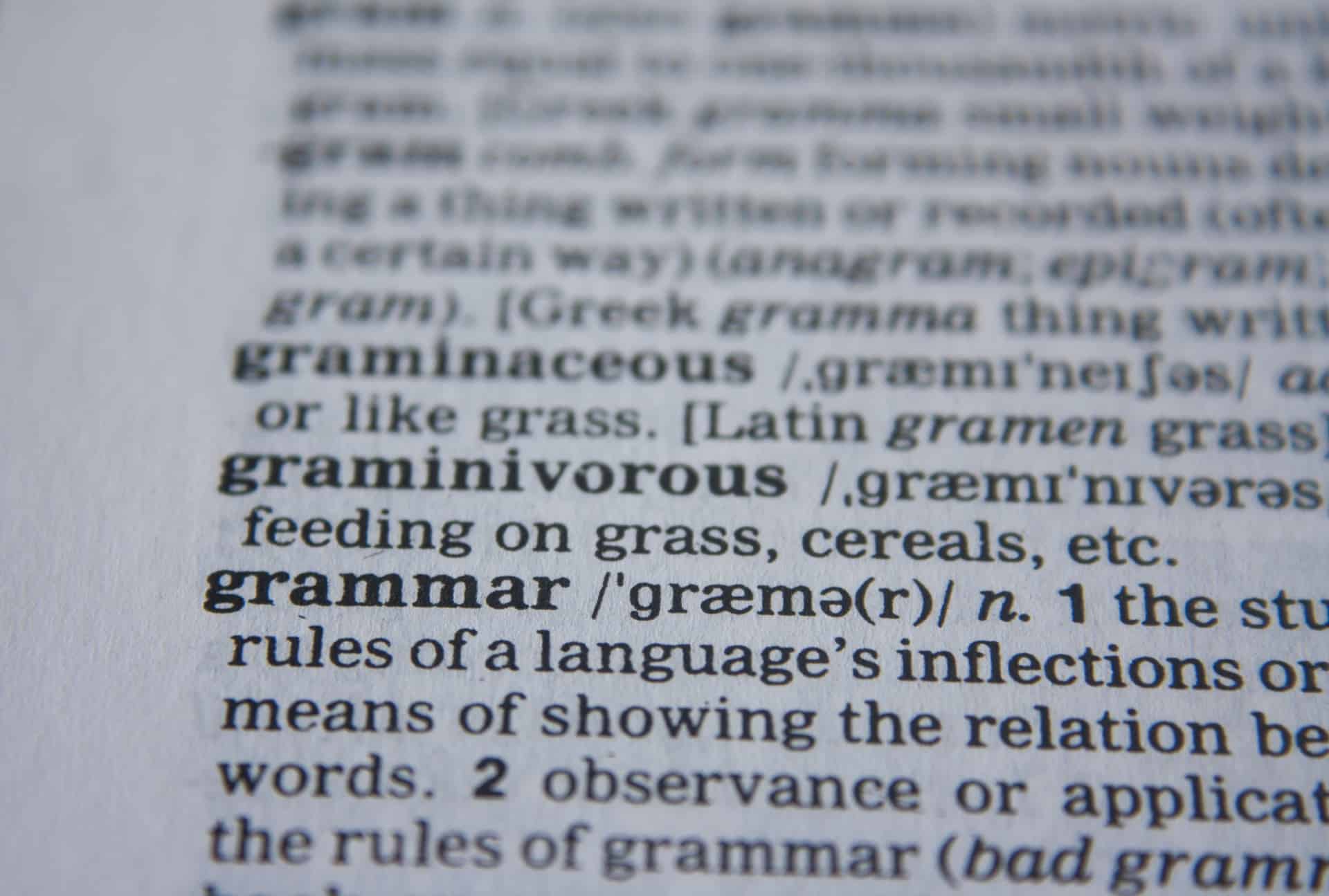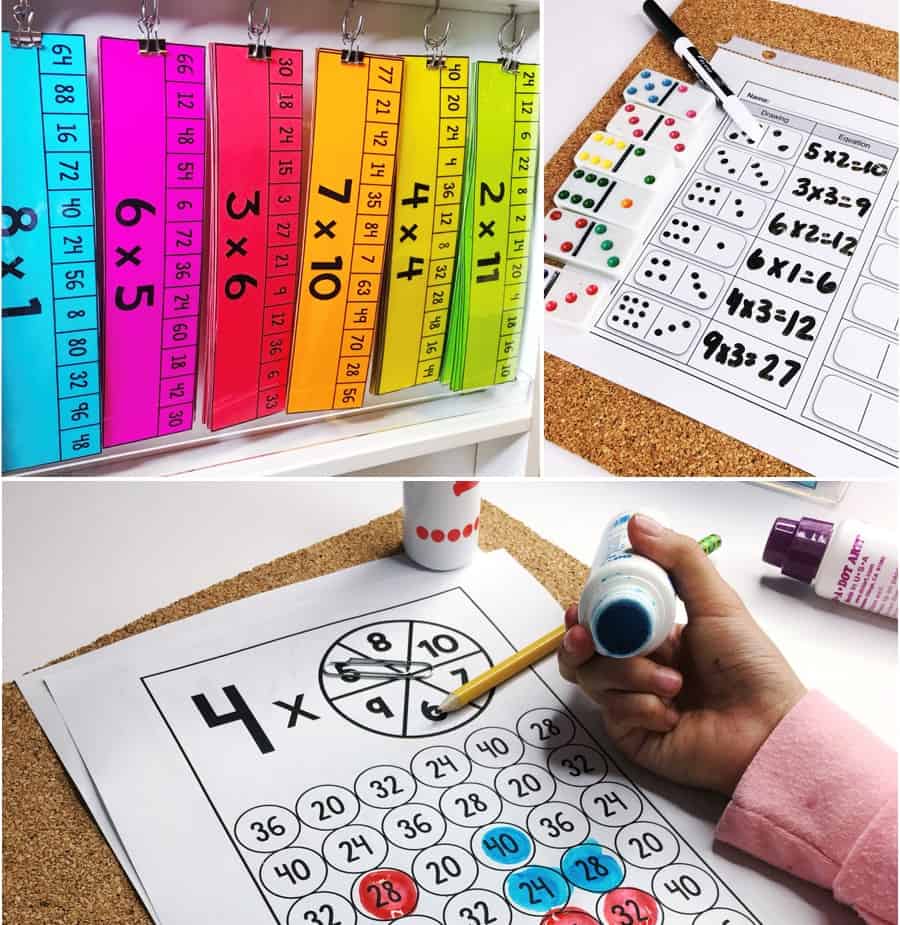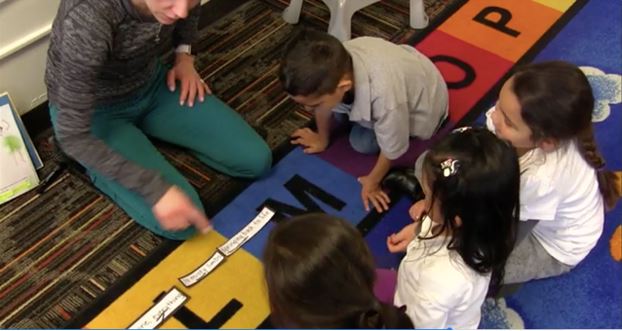
Tools and Resources
Discover new tools and materials to integrate into you instruction.
Sort by

Emerging Effects from CCSS

A Five-Course Meal Complete with Strategies for Assessment



The Instructional Practice Toolkit: An Introduction

Assessing Grammar and Language Convention Skills

Blended Learning: The Station Rotation Model

Unfinished Learning in Math: How Do You Address it?

Piloting the Instructional Practice Toolkit

Looking At and Learning From Student Work, Part Two: Now What?

State of Our Classrooms: Instructional Materials

Finding Our Way in Fluency – A School’s Journey to Strengthen Math Fluency Instruction

Looking at, and Learning from, Student Writing

“We’re the best. Just trust us!”


Reading to Learn

Demonstrating Conceptual Understanding of Mathematics Using Technology

Five Places for Trusted Resource Recommendations

Empowering Primary Math Teachers

Forming a United Whole – The Coherence Map

Using an EdReports Review to Improve My Math Curriculum


Pinterest: A Useful Tool for the Educator’s Toolbox

Getting to Know Mini-Assessments


Determining Reading Fluency

Which text set approach is right for you?


Four APPS to Redefine your Math Class

What is Reading Fluency?

Putting Focus into Practice: The Case of Word Problems in Grades K–2

Introduction to Argument Writing

Training Materials for the ELA/Literacy IMET

Four APPS to Redefine Your Language Arts Curriculum

Supplementing Your Curriculum with Knowledge-Building Text Sets

Piloting New Curriculum Options with Educators

Lessons from the Fordham Assessment Review

Supporting All Learners with Complex Texts

Sitting Beside the Learner: The ‘Me’ in Assessments


Choosing Alignment over Familiarity

Putting the Math Practices into Practice

A Recommendation to Fellow Publishers

What to Do When Curricular Materials for ELLs Are Not Available

Reason Abstractly and Quantitatively

CCSS-Aligned Materials for ELL Students

Criteria for Curricular Materials Labeled as Appropriate for ELLs

Customizing the IMET PD Training for a Local Setting

Supplementing Your Anchor Math Curriculum with Rich Tasks

Decision-Making that Matters: 10 Ways Teachers Can Impact Curricular Decisions

Training Materials for the Math IMET

Creating Full-Course Open Educational Resources (OER)

Including Tier 2 Vocabulary Instruction in Curricular Materials

Creating a Coherent Math Curriculum

The EQuIP Review Process and Rubric

Working Together to Create Open Educational Resources

Six Instructional Materials Articles You Should Be Reading

Publishing Review Results

Teachers Create Lessons and Adaptations to Strengthen ELA Learning

Mathematics in the Common Core Classroom

Open Educational Resources in Action

Introduction to Open Educational Resources

Lament of a Review Team Member

Introduction to the Publishers’ Criteria for ELA/Literacy



Reviewing Is a Journey and the Benefits Aren’t What We’d Expected

How Reviewing Materials Changed My Classroom Practice

When to Use the IMET

Why Not Just Crosswalk?

Should We Bother with Other People’s Reviews?

Building the Right Review Team


What My District Gained From Collaboration

Searching for Aligned Materials Doesn’t Have to Be Lonely

New Standards, New Approach to Reviews

Instructional Materials Evaluation Tool (IMET)














